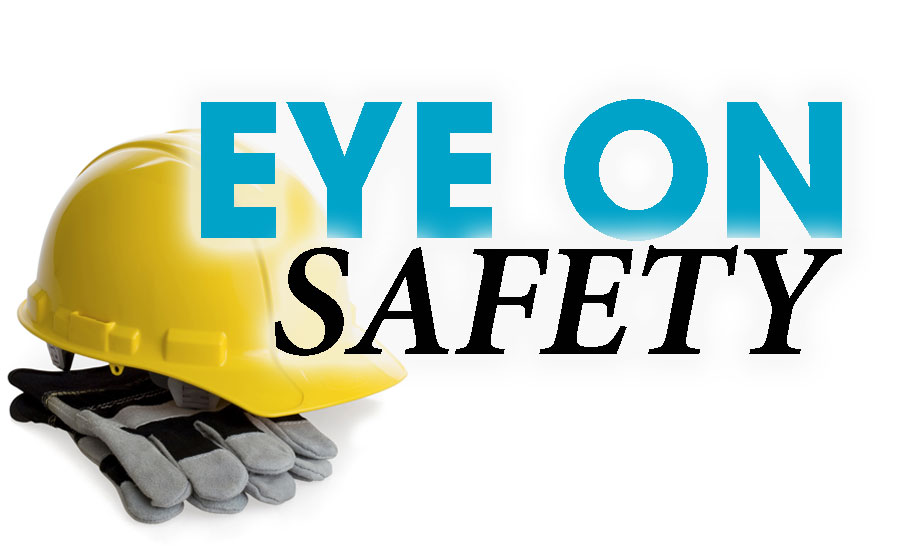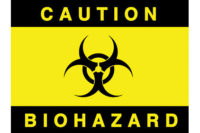Is your PHCP-PVF distribution company prepared for injuries?
To determine which kit is appropriate for your work environment, it is important to understand what injuries have occurred, and more importantly, which injuries could occur.

It’s an all-too-familiar refrain. A person is handling material and it slips out of his/her hands. The worker isn’t wearing appropriate hand protection and the sharp corner of the object digs into the worker’s palm causing a laceration that bleeds profusely.
Medical treatment is summoned and a coworker appears with a small, dusty and dirty first-aid kit that may have never been used. The kit is half empty and contains a tiny roll of gauze and antiseptic towelettes that expired three years ago. The Band-Aid box is bare and the medical tape has turned into an empty plastic spool. Has this situation played out at your worksite?
Injury response kits come in all shapes and sizes, each with a varying ability to treat the injuries that could occur. They range from the very small to the very large, from kits meant to care for one person to kits that can help dozens. They can have a small collection of items for treating minor wounds to an expansive inventory for use in traumatic environments. The product options also can vary depending on who uses them and why they are needed. Knowing what kit is best for your environment is a key first step to injury preparedness.
To determine which kit is appropriate for your work environment, it is important to understand what injuries have occurred, and more importantly, which injuries could occur. If you have a kit that isn’t appropriate for the injuries that could be sustained, then you have a kit that cannot be relied on and may not be able to serve its purpose. It is wise to gain feedback from employees on what additional items should be procured so the kit meets the needs of your workforce. Check OSHA and ANSI standards to ensure your materials are compliant.
When deciding what kit(s) to have on site, it is prudent to know the differences between a standard first-aid kit meant for general use vs. the trauma and medical kits used by emergency medical technicians and first responders. Intuitively, you may surmise medical and trauma kits are capable of dealing with serious, perhaps life threatening, injuries whereas a general use kit does not. You’d be right in that regard, but the differences are more expansive.
First-aid kits generally are meant to treat non-life-threatening injuries. They require little or no training for the administrator to apply the products. Band-Aids, gauze and antiseptic products are straightforward and self-explanatory. The capabilities of these kits are limited and will not serve as a substitute for medical treatment or for use in stabilizing more severe injuries.
Trauma kits usually include resources that can treat life-threatening injuries. They may have items that constrict blood flow (i.e. tourniquets), open breathing passages and stabilize limbs that have suffered compound fractures and degloving wounds. They may have large eyewash bottles for treating expansive chemical burns and blood-borne pathogens materials for preventing exposure to infectious disease. The goal of these kits is to keep the injured person alive until emergency medical staff can arrive on scene. Training is typically required for anyone authorized to use a trauma kit.
A medical kit is a robust response kit. It will be designed to treat both non-threatening and life-threatening wounds. It will include products that prevent injuries, ones that treat injuries and items that help an injured worker recover. In other words, the medical kit is a “lifecycle” response to injury events and will carry a multitude of products related to that cycle. These kits can be expensive and size options exist for treating large groups or small ones. As with trauma kits only those with appropriate training should use them.
Lastly, an important factor for ensuring your response kit is ready for use is to know the expiration dates of kit materials. Every few months, contents should be reviewed to find products that have expired or are in short supply. Those materials should be replaced accordingly. A prudent step is to stay six months ahead of expiration dates. Items such as burn creams, antiseptics, gels and medicines will have date codes on them where applicable. The same logic applies to low inventory levels. If you’re running out of a product, be sure to purchase replacement stock well in advance.
More tips are available in a Toolbox Talk available for review on the American Supply Association’s safety website at www.asa.net/Education/Safety/Toolbox-Talks.
This article was originally titled “Injury preparedness” in the September 2016 print edition of Supply House Times.
Looking for a reprint of this article?
From high-res PDFs to custom plaques, order your copy today!









